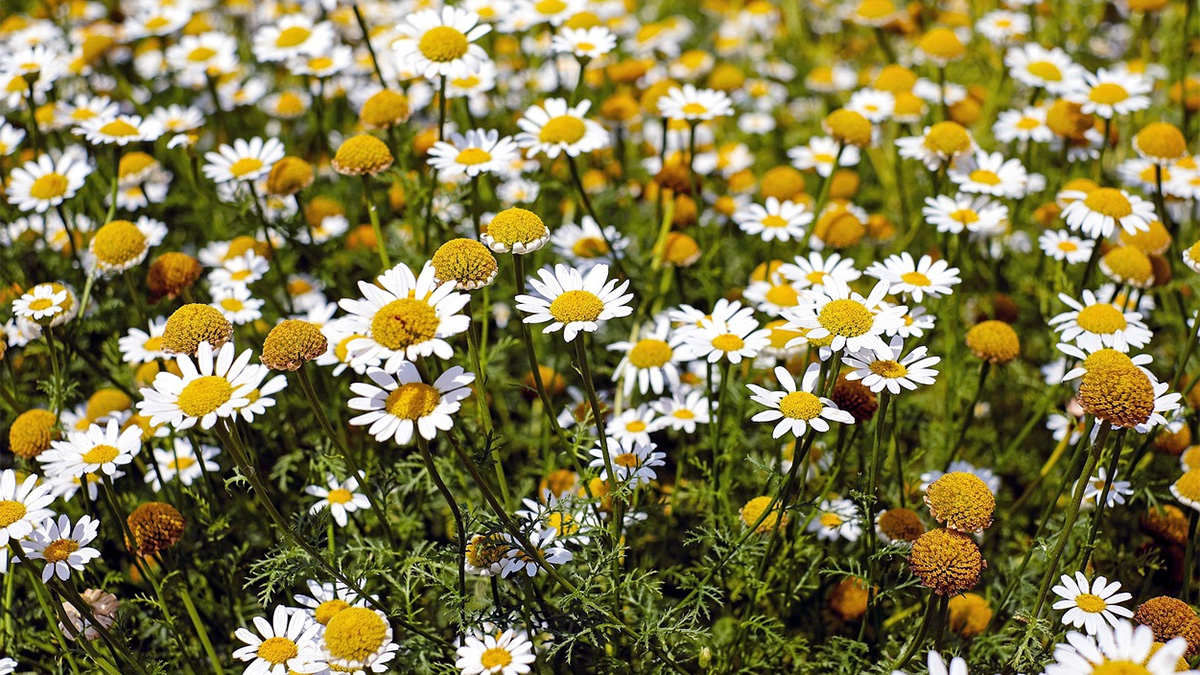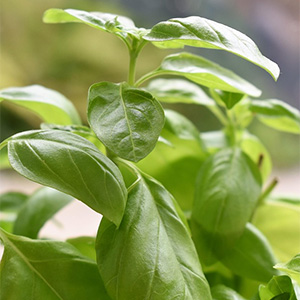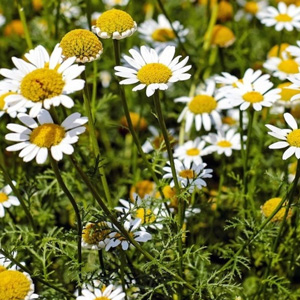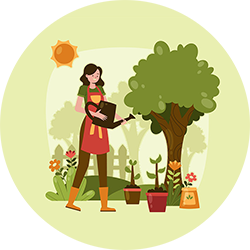How to Grow Your Own Herbal Tea Garden

If you love a soothing cup of herbal tea, why not grow the ingredients yourself? Creating an herbal tea garden is easier than you might think and incredibly rewarding. With the right herbs, a little space, and some basic care, you can enjoy fresh, fragrant brews straight from your garden or windowsill.
Choosing the right location
The success of your herbal tea garden starts with choosing the right growing spot. Most tea herbs prefer full sun, so aim for a location that receives at least six hours of direct light per day. If you’re growing indoors, a sunny windowsill or supplemental grow lights can help.
Outdoor gardens benefit from good air circulation and well-draining soil. Raised beds, garden borders, or patio planters are all viable options depending on your space. Even a few large containers on a balcony can provide more than enough room for a productive tea garden.
For indoor gardeners, make sure your herbs have enough light and aren’t exposed to drafts or extreme temperature shifts. Consistent warmth and airflow go a long way in keeping herbs healthy and flavorful.
Best herbs to grow for herbal tea



Calming and relaxing herbs
Chamomile is a favorite for its delicate flowers and soothing properties. It grows well in full sun and prefers lighter soil with good drainage. Harvest the flowers when they’re fully open and dry them for a gentle, calming brew.
Lemon balm has a citrusy scent and is known for its ability to ease stress and promote relaxation. This herb spreads quickly, so it’s best grown in containers. Regular trimming helps keep it bushy and productive.
Lavender brings a soothing, fragrant floral note to homemade tea blends. It grows best in sunny, well-drained areas and requires very little water once mature. The dried flower buds are potent, so use them sparingly to avoid overpowering other flavors in your mix.
Related: Step-by-Step Guide to Growing Lavender for Fragrance and Beauty
Digestive and cleansing herbs
Peppermint is easy to grow and works well in tea blends for digestion and refreshment. It prefers rich, moist soil and partial to full sun. Like lemon balm, it can spread aggressively, so container growing is recommended.
Fennel offers a mild licorice flavor and supports digestion. It grows tall and attracts pollinators, making it a good choice for garden beds. Harvest the fronds or seeds depending on the flavor you prefer.
Ginger can be grown in pots indoors if you live in a cooler climate. Use a fresh organic ginger root with visible buds, plant it in shallow soil, and keep it warm and moist. In a few months, you’ll have homegrown rhizomes to slice into teas.
Immune-boosting and energizing herbs
Echinacea is both beautiful and useful. This daisy-like flower boosts immune function and makes a slightly earthy, medicinal tea. It grows best in sunny spots with well-drained soil.
Holy basil, also called Tulsi, is used in Ayurvedic tea blends for stress relief and immune support. It thrives in warm weather and rich soil, producing fragrant leaves perfect for fresh or dried tea.
Lemongrass adds a bright, citrusy flavor and is known for its antimicrobial properties. It needs full sun and plenty of warmth, making it ideal for containers you can move indoors during cooler months.
Flavor enhancers
Stevia offers natural sweetness without sugar. It prefers sunny conditions and well-draining soil. A few dried leaves in your blend can naturally sweeten your cup.
Lemon verbena has a strong, clean citrus flavor and grows well in pots or garden beds. It prefers full sun and regular pruning to keep it compact and productive.
Rose petals, especially from unsprayed heirloom roses, add a floral aroma and subtle flavor. Choose petals from varieties known for fragrance and dry them gently to preserve color and scent.
Starting your tea garden
You can begin your garden from seed or purchase young seedlings. Starting from seed gives you access to more varieties, but it takes patience and care. Seedlings are faster and more beginner-friendly.
Spring is typically the best time to start planting, though some herbs can be started indoors during winter. Be sure to check each herb’s preferences before planting.
Plant herbs with similar needs together. For example, group sun-loving, drought-tolerant plants in one bed or pot, and keep moisture-loving herbs in another. This makes watering and care much easier.
Growing in containers
Container gardening is ideal if you have limited space or want more control over growing conditions. Use pots with drainage holes and choose sizes that match the root systems of your herbs.
Mix herbs that enjoy the same light and water conditions. For example, plant lavender, rosemary, and thyme together in one container. Keep mint and lemon balm in separate pots, as they tend to spread and can overtake others.
Arrange your containers so that taller herbs don’t shade shorter ones. Use plant stands or tiered shelves to maximize vertical space and create a charming tea garden display.
Harvesting your tea herbs
Timing your harvest correctly helps ensure the best flavor. Most herbs should be harvested just before they flower, when oils and aromas are at their peak.
Use clean scissors or garden snips to cut herbs in the morning after the dew has dried. Avoid harvesting in the heat of the day, as essential oils evaporate more quickly.
For herbs like mint and lemon balm, harvesting often encourages bushier growth. Always leave enough foliage behind to support the plant’s health.
Drying and storing herbs for tea
Air drying is the most common and gentle method for preserving herbs. Gather small bundles, tie them with string, and hang them upside down in a dry, shaded area with good air circulation.
You can also use a dehydrator for faster results, especially in humid climates. Just be careful not to overheat, as it can reduce flavor and aroma.
Once fully dried, store herbs in airtight containers away from light and heat. Use glass jars with labels to keep track of what you’ve stored and when. Most herbs stay fresh for up to a year if stored properly.
Blending and brewing your own herbal teas
Start with simple one-herb infusions like chamomile or mint to get a feel for flavor strength. Use about one teaspoon of dried herbs (or one tablespoon fresh) per cup of hot water.
Popular blends might include lemon balm and lavender for relaxation, or peppermint and fennel for digestion. You can experiment with combining herbs based on taste and purpose.
Steeping time varies depending on the herb, but 5 to 10 minutes is a good range for most. Add honey, lemon, or a few stevia leaves to customize your cup.
Common growing mistakes to avoid
One of the biggest mistakes new growers make is overwatering. Many herbs prefer slightly dry conditions and can quickly suffer from root rot if waterlogged.
Another common issue is allowing herbs to flower too soon. Regular trimming helps delay flowering and extends the harvest period.
Make sure to plant according to your climate. Some herbs won’t tolerate frost or extreme heat, so check your growing zone and adjust accordingly.
Bonus ideas: creative uses for your herbal tea garden
Your tea herbs can do more than fill a teacup. Bundle dried herbs into small jars or sachets for homemade gifts. Add a tag with brewing instructions for a personal touch.
Create herbal bath soaks using lavender, mint, and rose petals for a relaxing experience. Mix with Epsom salt and a few drops of essential oil for added benefits.
Make decorative ice cubes by freezing small herb leaves inside for a charming and flavorful touch in drinks. Extra herbs don’t need to go to waste, use them in homemade potpourri, natural cleaning solutions, or refreshing herbal sprays to add fragrance and function around your home.
Conclusion
Growing your own herbal tea garden is a simple way to bring nature into your daily routine. With fresh herbs at your fingertips, you can create custom blends that suit your mood, support your health, and taste amazing. Whether you grow a few pots on a windowsill or fill an entire raised bed, the rewards go far beyond the cup.
